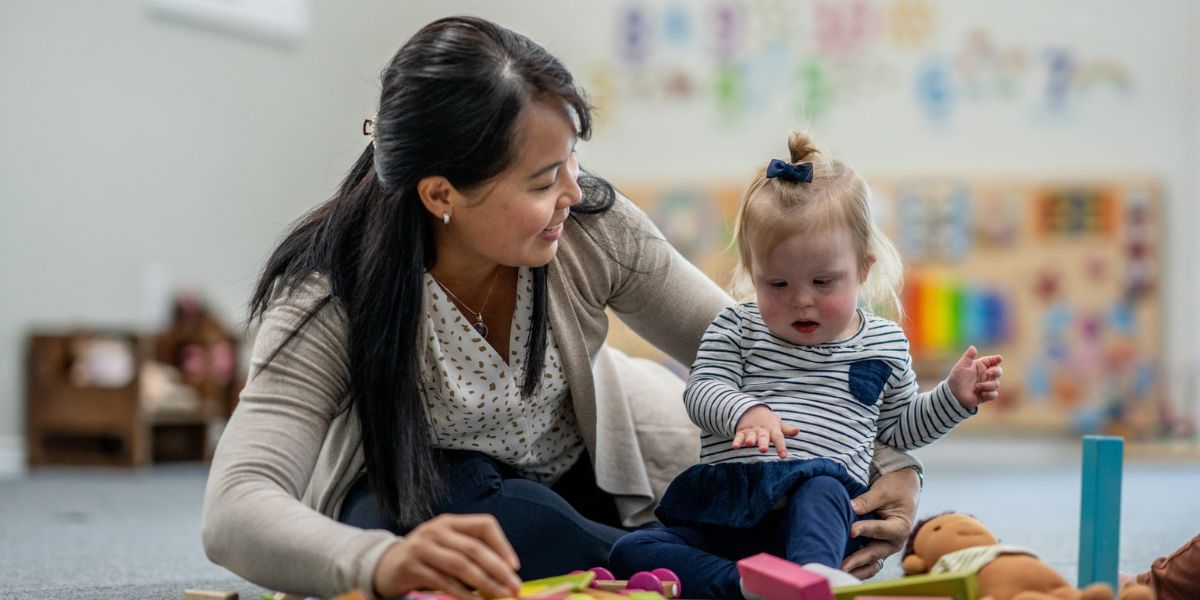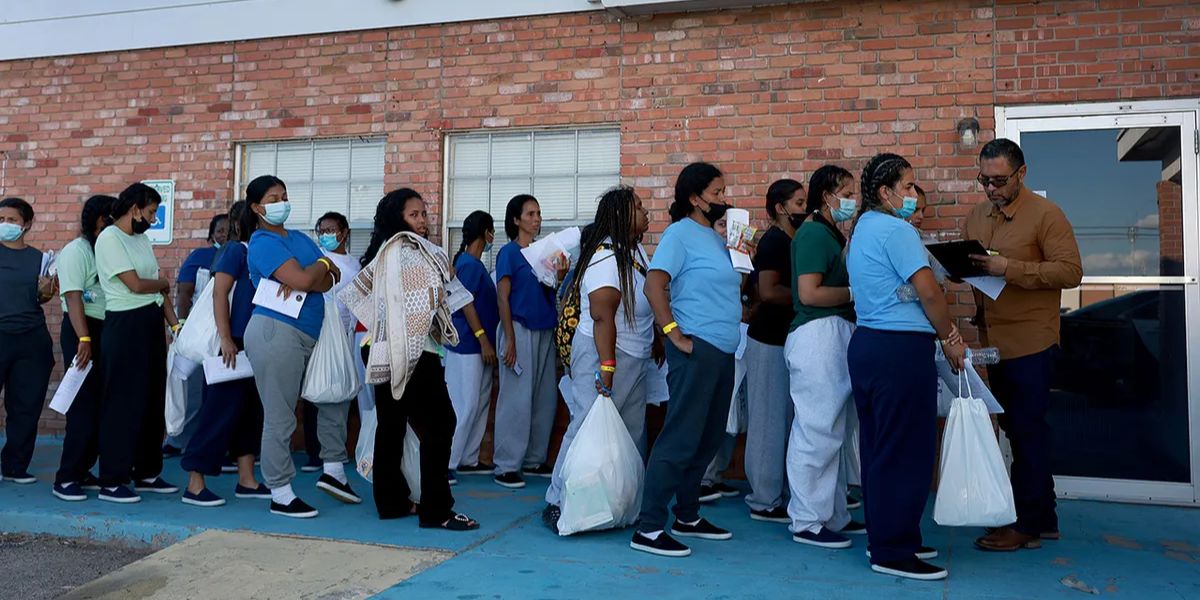El Paso, TX – Across West Texas, schools are doing far more than teaching math and science — they’re working to prevent violence before it ever reaches the classroom. As communities across Texas look for ways to protect young people from conflict, gang recruitment, and bullying, many educators are adopting a public health approach to school safety. These proactive methods don’t rely on metal detectors or suspensions but on connection, communication, and care.
Here are five proven strategies schools are using to stop youth violence before it starts — and why they’re working.
Table of Contents
1. Restorative Justice Circles Build Accountability and Trust
Instead of punishing students after conflicts occur, many schools are turning to restorative justice, a model focused on repairing harm rather than assigning blame.
In El Paso’s public schools, restorative circles allow students to sit together with trained facilitators — often school counselors or peer leaders — to discuss what happened, how it affected everyone involved, and how to make things right.
This approach has reduced suspensions by nearly 40% in several El Paso ISD campuses, according to local education reports. Students who once felt isolated after punishment now have the opportunity to rebuild relationships and learn empathy.
As Daniela Ramos, a violence prevention strategist based in El Paso, explains:
“When students learn to take responsibility and repair harm, they don’t just avoid violence — they build the emotional tools to prevent it altogether.”
2. Early Intervention Teams Identify At-Risk Students
Schools across Texas are strengthening their behavioral threat assessment teams, which bring together teachers, counselors, and school resource officers to spot early warning signs of distress.
These teams monitor attendance patterns, behavioral changes, and peer interactions, allowing staff to intervene before anger or anxiety escalates into aggression. The process isn’t about punishment — it’s about support.
Students flagged through these systems often receive mentoring, counseling, or referrals to community programs like Project Vida’s Youth Resilience Initiative. Early outreach ensures that emotional struggles are met with guidance instead of discipline.
3. Peer Mentorship Programs Create Positive Role Models
One of the strongest predictors of youth violence is social isolation. That’s why schools in El Paso have launched peer mentorship programs that pair upperclassmen with younger students transitioning into middle or high school.
These mentors help new students navigate challenges like bullying, academic pressure, and identity issues. Over time, they become trusted allies and advocates, reinforcing that every student belongs.
Research from the Texas Education Agency (TEA) shows that campuses with active peer mentorship programs experience 30% fewer physical altercations and report higher levels of school connectedness — a key factor in preventing violence.
4. Social and Emotional Learning (SEL) Is Part of the Curriculum
Social and Emotional Learning — often called SEL — teaches students to understand emotions, resolve conflicts peacefully, and build empathy. Lessons are integrated into classroom activities, from group projects to guided reflection exercises.
In El Paso ISD, teachers receive specialized SEL training supported by local nonprofit coalitions and behavioral health experts. These lessons help students articulate frustration, seek help, and recognize their emotional triggers — skills that prevent impulsive or violent reactions.
“We’re teaching emotional literacy as a survival skill,” Ramos says. “If young people can name what they feel, they can choose how to respond.”
5. Community Partnerships Extend Safety Beyond the School
True violence prevention doesn’t stop at the school gate. El Paso schools are now partnering with law enforcement, healthcare providers, and family support organizations to create a seamless network of safety.
For example:
- El Paso Police Department’s Youth Engagement Unit offers after-school programs that focus on leadership and decision-making.
- Local hospitals and social workers host trauma recovery workshops for students exposed to violence.
- Faith groups and nonprofits provide tutoring, meals, and mentorship during high-risk after-school hours.
This collaboration ensures that prevention extends into homes, parks, and neighborhoods — creating an ecosystem of care around young people.
Why These Strategies Work
All five strategies share a common philosophy: violence is preventable when relationships come first. By addressing emotional needs early, giving students a voice, and building community partnerships, schools reduce both the causes and effects of aggression.
Data from the Texas School Safety Center shows that districts emphasizing restorative justice and SEL report lower disciplinary rates and higher graduation rates across the board.
“Safety isn’t just about locks and drills,” Ramos adds. “It’s about connection. When students feel seen and supported, violence loses its grip.”
The Future of School Safety in West Texas
El Paso’s education leaders are now expanding these initiatives through teacher training, student ambassador programs, and family engagement workshops. The goal is to ensure that prevention becomes a cultural norm, not a special project.
With the continued collaboration of educators, parents, and community advocates, West Texas is proving that the path to safer schools starts with compassion, not control.
What do you think?
Have you seen schools using these approaches to build safer communities? Share your thoughts or local examples in the comments below and explore more youth prevention stories at reachviolenceprevention.org.











